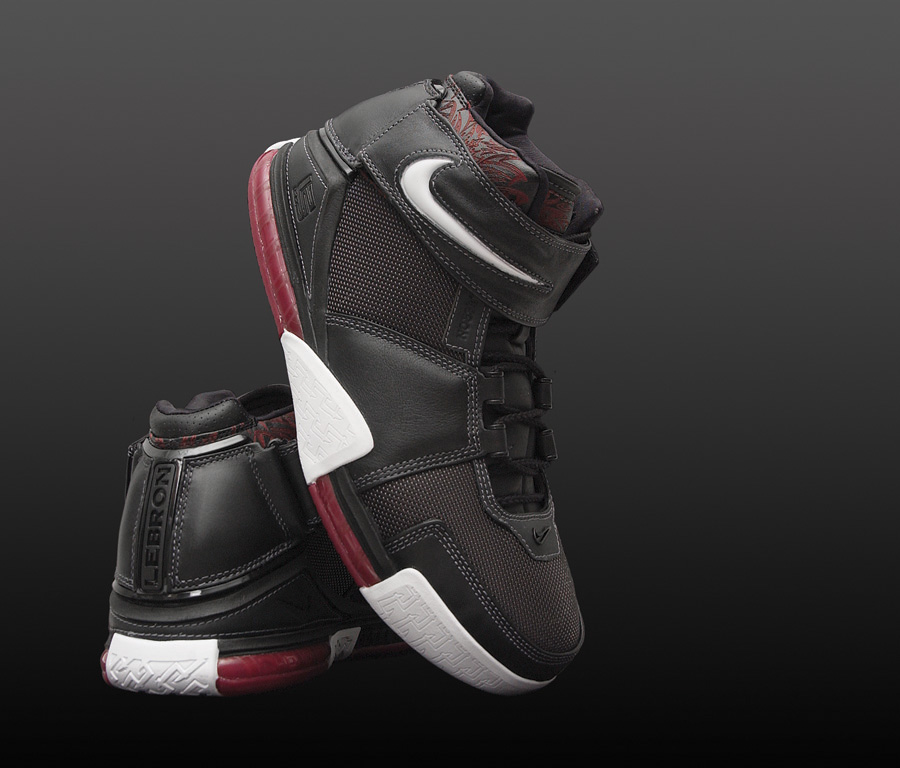words by Zac Dubasik & Nick DePaula
published in Issue 45 of Sole Collector Magazine, the 10th Anniversary Issue
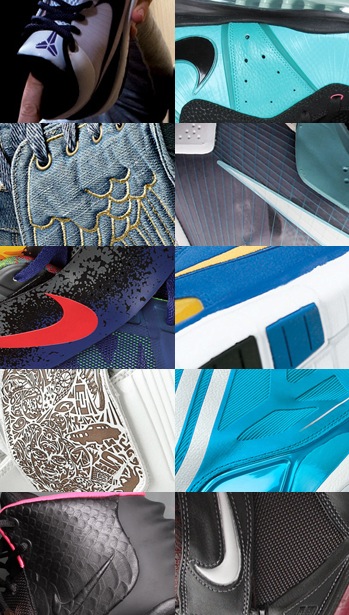
We don't do lists often, but to help celebrate our 10th anniversary, we’ve taken a look back at the shoes that made our decade what it was.
Looking back on the window of Fall 2003 to Fall 2013 since the magazine first started, as brands looked to push innovation each and every year, a lot can happen over the course of a decade.
We saw the introduction of things like Flywire, Fuse, SPRINTFRAME, Lunar, Boost, new full-length Zoom and Max Air bags, Free, Micro G, Springblade, Flight Plate – the list goes on and on. And most of those technologies have been seen on many different models.
As important as new technologies have been though, that’s only part of the story. While performance was a huge part of the past decade, lifestyle-based models have become even more important as sneaker culture has grown.
And although signature athletes remain a staple of the industry, signature models from non-athletes are arguably as important and at times, even more sought after these days. From musicians to high fashion designers, the boundaries of even lifestyle sneakers have been pushed like never before.
The Sole Decade began in October of 2003, and some classic models just missed the cut. Shoes like the T-Mac 2 and 3, Ultraflight, Air Jordan XVII, and VC II surely would have received some consideration, but simply came out prior to our existence. We also want to point out that we only chose from new models, meaning Retro colorways of models from a different era don't count.
We did have an amazing selection to pick from however. The launch of the magazine coincidently coincided with quite an era. The fall that the first issue released just happened to be the same fall that saw the debut of LeBron James. And Carmelo Anthony. And Dwyane Wade.
And that’s just the rookies from that first season. You've probably heard of a few more, like Kevin Durant and Derrick Rose, since. 2003 was also the year that Kobe officially signed on with Nike.
We are sure our list will generate its share of controversy, and we’d definitely like to hear your thoughts on the best sneakers of the decade. We based ours on a number of factors, including design, performance and influence.
If a shoe was high enough in one of those areas, it may have gotten by despite having minimal, if any, impact in any of the other areas. And if it could cover multiple areas of impact, then chances are, it made it even higher on our list.
The following are our 10 top shoes from our 10 years in existence -- let us know what you think in the comments section below.

Collaborations can take on many different forms. Often, they’re simply a new colorway of an existing model. And while some have undoubtedly been more relevant than others, there’s no doubt that the impact of collaborations over the past decade has been huge.
There was probably no collaboration more unique than the one between adidas and designer Jeremy Scott. While the project would go on to encompass an entire line, including clothing and accessories, his altering of classic footwear silhouettes is what made it truly memorable.
"I wanted to do something that brought a new volume to the foot," Scott told us. With that overarching theme running throughout most of his models, he certainly accomplished it.
Rather than coloring up the adidas Attitude in some new way, Scott changed the entire shape of the shoe, redefining the boundaries of sneaker design. He’d do it again and again, with subsequent variations on the Wings design, as well as the stuffed animal-based models. But it was the original JS Wings that paved the way.
Sure, they aren’t the most wearable shoe, but the fact that they happened, period, was a great thing for the sneaker world.
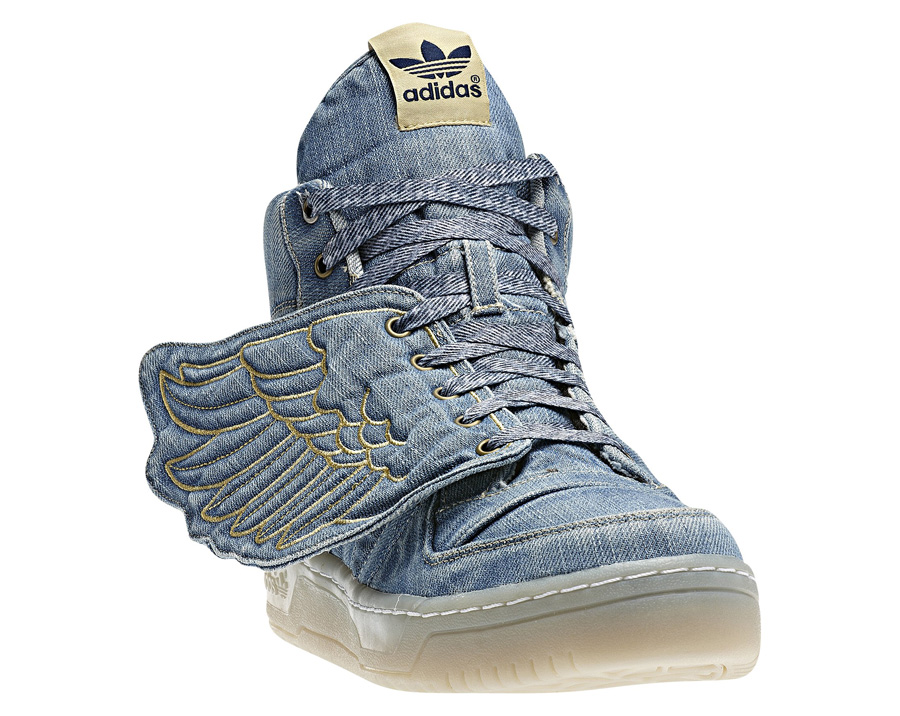

When Kevin Durant signed his monster sneaker deal coming out of the University of Texas, there were many skeptics. Was he really a player who deserved that kind of endorsement deal? Would he succeed at the NBA level as a superstar? Could he carry an eventual signature line?
The line got off to a relatively slow start, with the barely noticed original model. But the KD II offered one of the best performance values in recent memory. At the same time, KD’s on-court profile was beginning to rise.
It was the KD IV where everything came together, though. By that time, KD was a legitimate superstar, and he had a shoe that had everyone paying attention, most notably with the Nerf edition. The KD IV may not have been as good of a performer as the II and III, but it brought the line to a new level of popularity and featured some of the best theme executions in footwear history.


Much of the early Sole Collector decade is largely forgettable when it comes to adidas Basketball. Sure, there were some great models like the Gil Zero, but many of their best kicks from the 2000's, like the TMAC 2, were released prior to Sole Collector’s inception.
Following their less-than-popular Team Signature line, and trailing badly in market share, adidas desperately needed a winner. And they got just that with the launch of the Crazy Light.
While creating the first sub-10-ounce basketball shoe was a major accomplishment, it wouldn’t have had a lasting impact if the shoe wasn’t also good. And it was great. Rather than being a good performer in spite of its feather-light weight, it was a great shoe first, that also happened to be the lightest ever.
As good as the shoe was, its biggest impact was helping to restore the status of adidas Basketball and give a bump to the entire line, including Derrick Rose’s, which was just starting to take off.
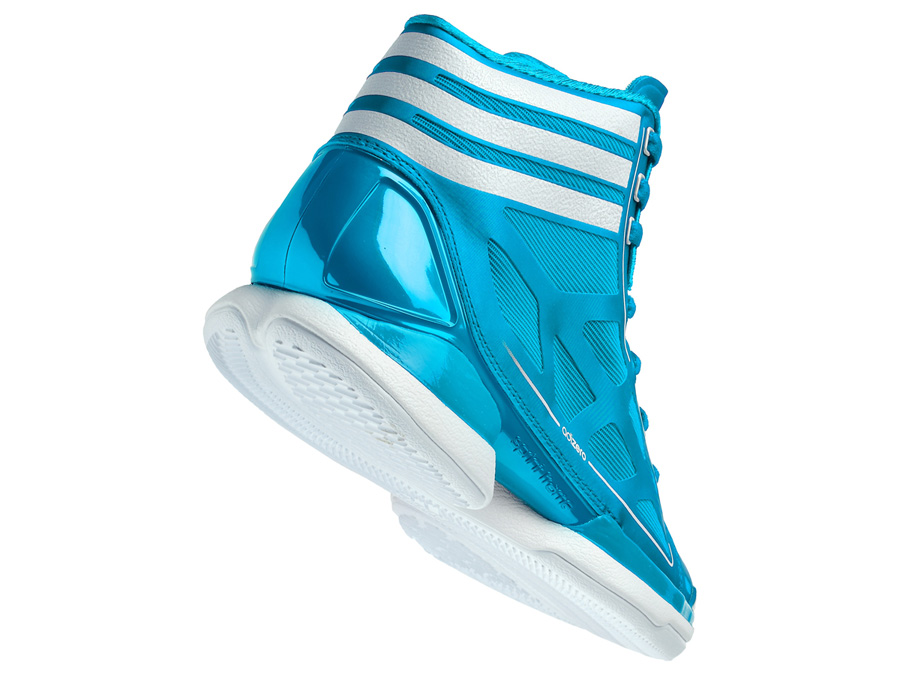

Lots of shoes over the past decade have been successful at either telling stories, or technical innovation. It’s hard to think of one that succeeded at both the way the Air Jordan XX did.
While the 20th, 23rd and 25th anniversaries of the Air Jordan were all celebrated in their own ways, the 20th took the most direct storytelling approach. A series of icons was created for the shoe along with an ad campaign that shared personal and professional stories from MJ’s career – some obvious, and some mysteries. It was also one of the first times lasering was seen on a shoe available to the masses.
From a technical standpoint, the Air Jordan XX introduced IPS cushioning as well as its innovative collar leash system. The foam-based IPS allowed for extremely focused positioning of the cushioning, and the decoupled ankle strap offered a surprising amount of support without restricting range of motion.
It may not have been the greatest decade for the Game shoe, but that doesn’t mean there weren’t some standout moments.
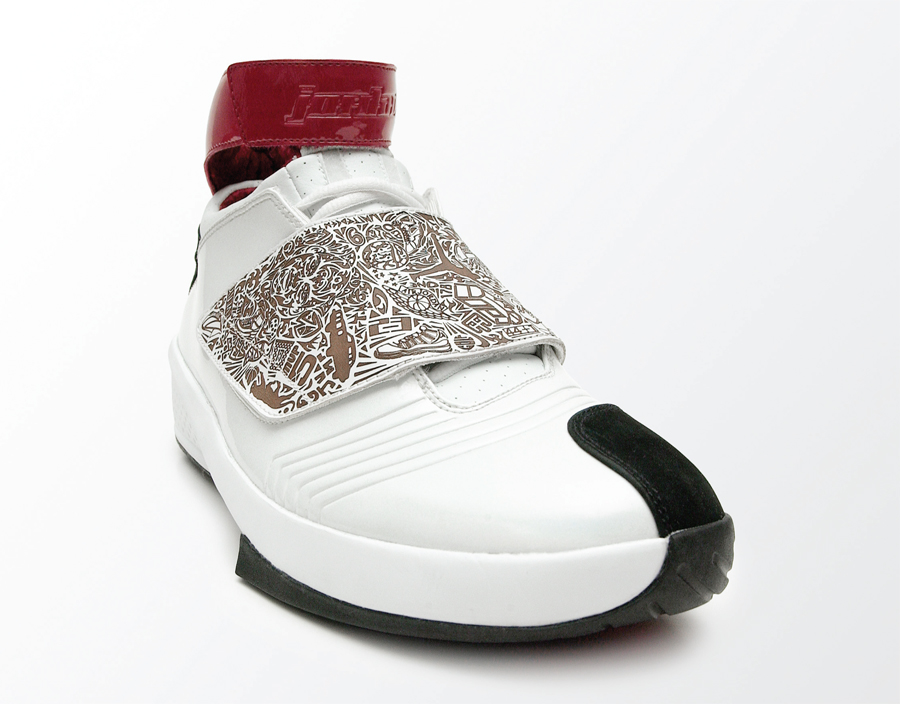
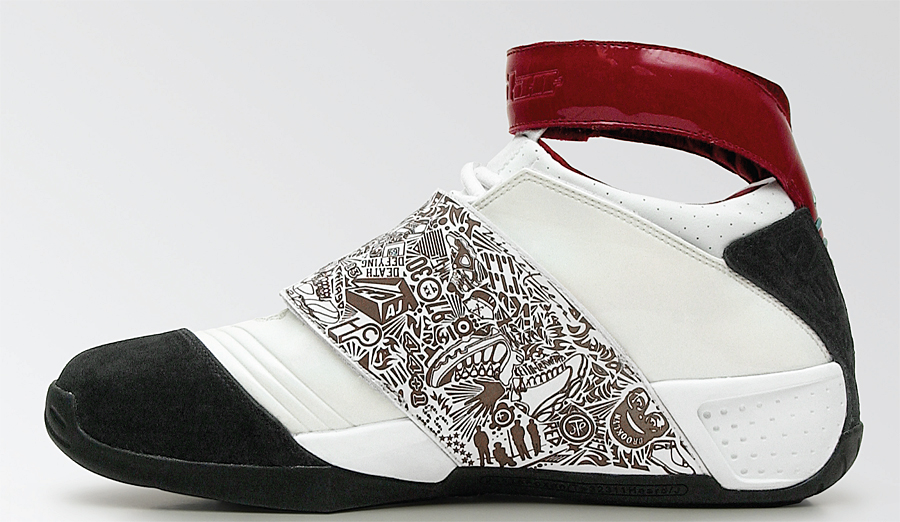

Innovation in footwear comes in many shapes and sizes. Sometimes it’s about adding a mechanical device, but in the case of the Free concept, it was the total opposite.
It almost seems counterintuitive for a sneaker company to produce a shoe that mimics a more natural footstrike, but that’s exactly what Free was about. And out of any concept Nike introduced in the past decade, it’s hard to think of one that was more widely adapted across their entire brand.
We’ve since seen Free in Basketball, Training, and even Golf, but the shoe that started it all was the runner, the Free 5.0. Designed by Eric Avar and Tobie Hatfield, and launched in 2004, the concept was shocking for a brand that made a fortune in Air, Shox and Zoom.
The Free 5.0 has seen many iterations since its original release, but the lasting impact of the original is undeniable.
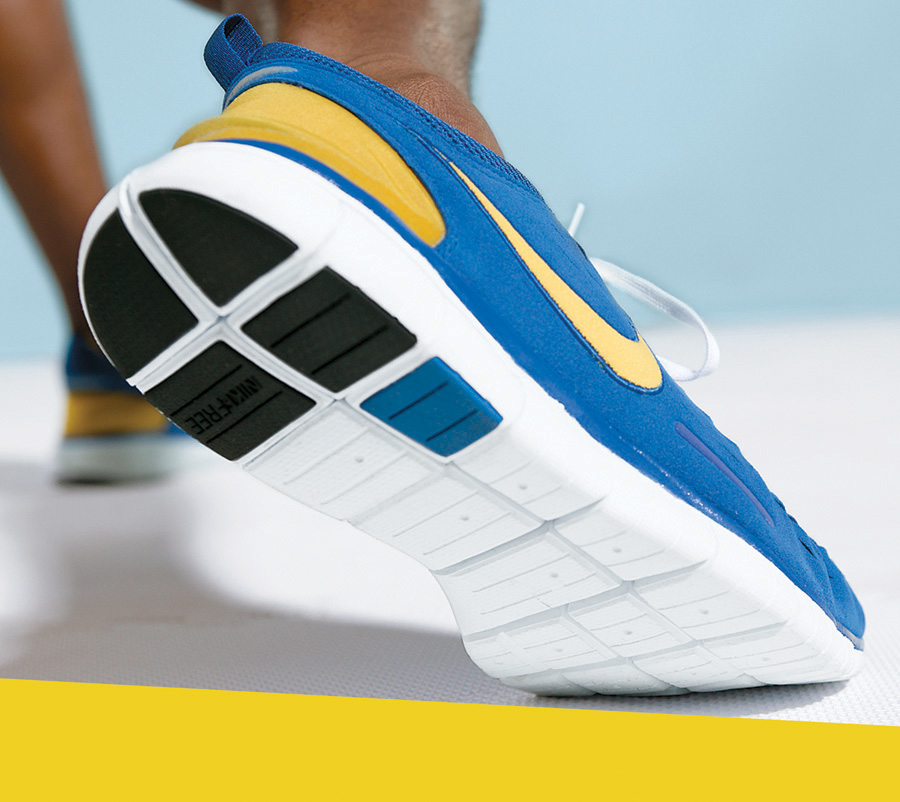

The concept of a “hypebeast” is something sneaker fans became all too familiar with over the past decade. But just because a shoe invokes an unprecedented level of hype, doesn’t mean it’s not a great shoe. The Air Yeezy 2 not only made the original look immediately dated, it also topped its level of anticipation.
While not entirely original – it still reused an existing tooling like the first Yeezy – the Yeezy 2 did offer some aesthetic innovation. We’d seen heel molding like that from PUMA in the past, but it was the first for a Nike, and the first time it had been mixed with so many other textures and materials.
The real key to the shoe’s success was the fact that it was a perfect marriage of a star at the top of his game, a shoe that was extremely different while still wearable, and a supply limited enough to drive fans into a frenzy.
Kanye and Nike went two-for-two in the decade, and might be parting ways into the next decade, but the Yeezy 2 stands out as leaving the most lasting impression.
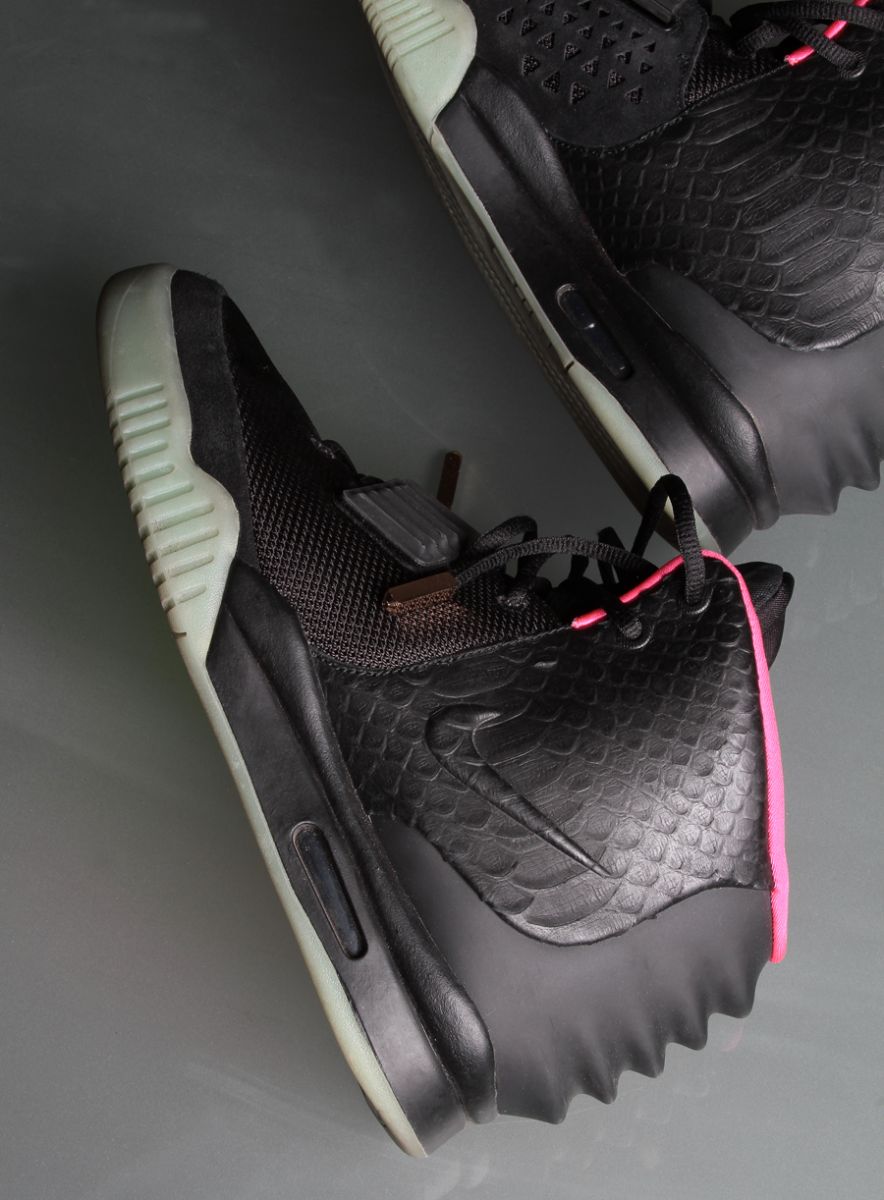

Let’s be honest. While the LeBron 8 was a great shoe, it probably would not make this list, and surely would not be this high in the list, without the infamous South Beach colorway. But that just illustrates how big that shoe was.
The South Beach 8 ushered in a new era, where a shoe that wasn’t even that limited could still resell for four figures. It was so big, it even led to a new generation of collectors getting into sneakers in the first place.
That colorway and hype couldn’t have come at a better time for the line too. With LeBron’s popularity taking an obvious hit thanks to his “Decision” a few months earlier, the 8 could have been a flop. But instead, we were treated to one of, if not the most, identifiable sneakers in the history of the LeBron line.
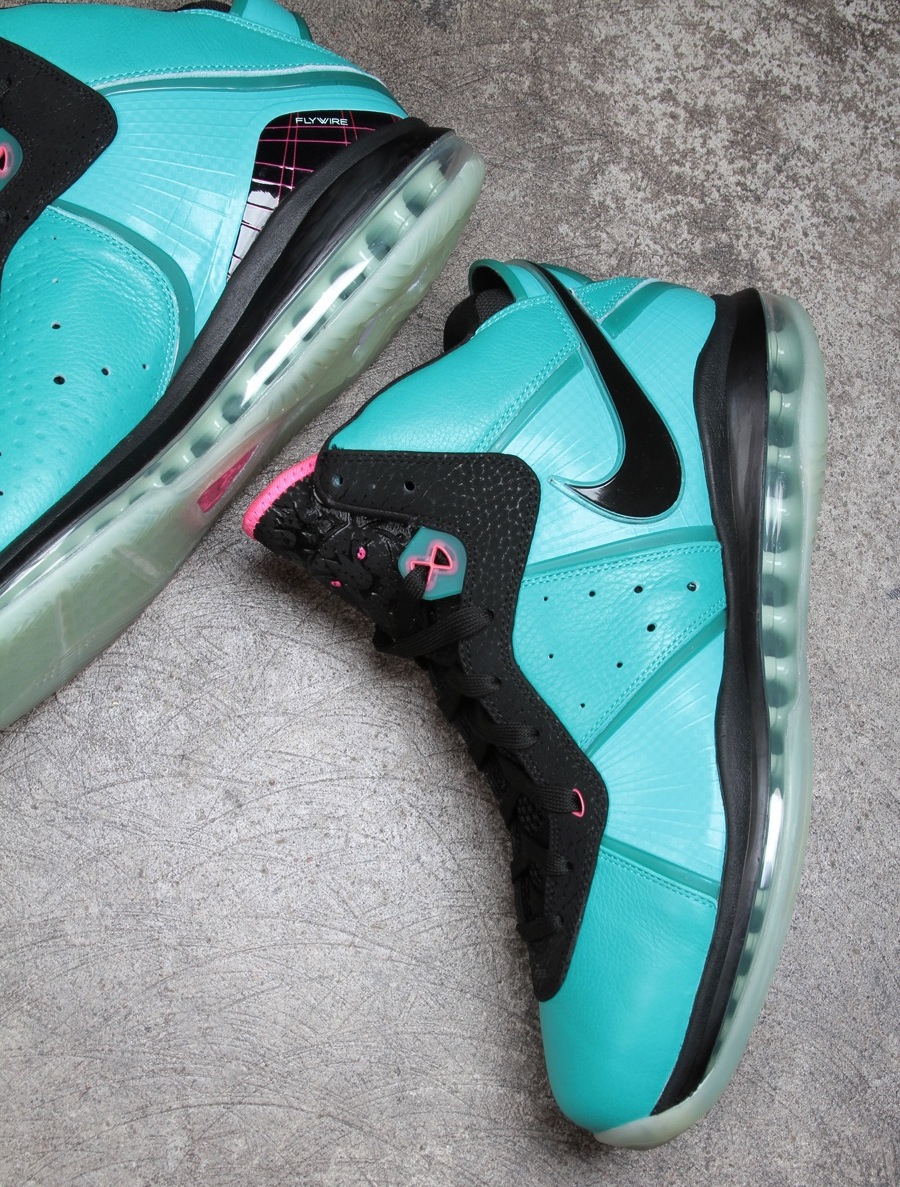

The original Hyperdunk was introduced to coincide with the 2008 Beijing Olympics, but its impact has been wide reaching, and long lasting.
For starters, the viral video of Kobe Bryant jumping over the Aston Martin was one of the most memorable Nike ads since the ’90s. And then there was the highly coveted Air Mag-inspired colorway.
From a performance point of view, the Flywire and Lunar (for better or worse) elements of the original Hyperdunk would go on to dominate the design language of Nike Basketball for the next few years, and are even still prominent today.
We've also seen the silhouette carry over into several other basketball models as well, and not just from Nike either. Multiple brands have since adopted the higher top line and lower heel look.
The Hyperdunk has since gone on to become the premier-level team shoe in the Nike hoops lineup. Not all editions have been created equal, but the original’s blend of performance and influence made it one of the more important shoes of the past decade.
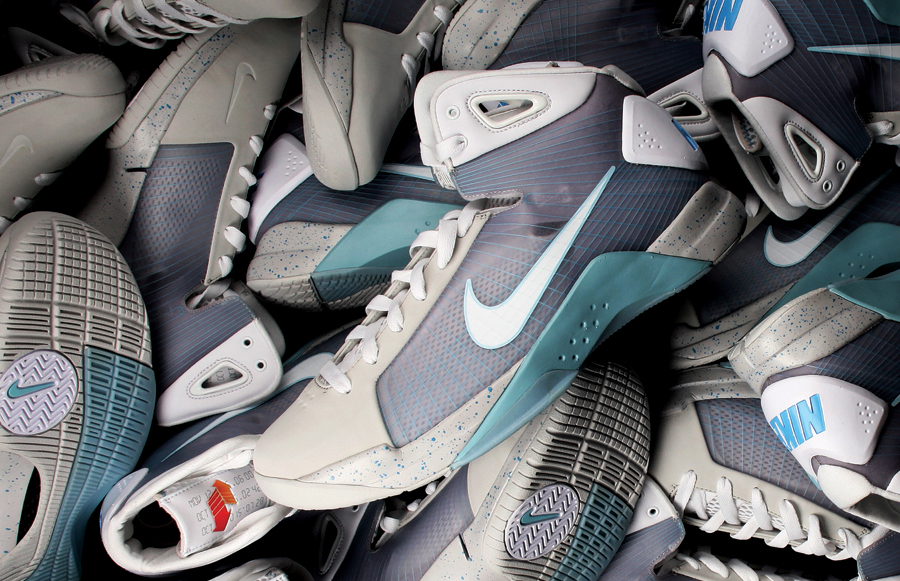

The Zoom Kobe IV wasn’t the first low-top signature shoe. Gilbert Arenas had one just a couple years prior. It wasn’t the first shoe to use Flywire and Lunar Foam. Kobe helped debut those with the Hyperdunk. But despite not being the first, its influence is hard to overstate.
It took Kobe’s validation of an Eric Avar design to prove that it was acceptable to play in a low-top. And then, to top it off, he went out and won a title in them.
The next thing you knew, low-tops started popping up at gyms across the country. And by the time the Kobe VI came out, it seemed like half the NBA was playing in Kobes.
What makes the Zoom Kobe IV even more notable, though, is that from a performance standpoint, it was never really topped by the subsequent shoes in the line. Gimmicks like modularity were added down the road, but the performance got worse rather than better. The Kobe IV wasn’t perfect, but it was as close as they got.


The Air Zoom Generation brought three of Nike’s most well-known designers together – in Eric Avar, Aaron Cooper and Tinker Hatfield – to create LeBron James’ first signature shoe, the Air Zoom Generation. And while it was a great on-court performer, it just didn’t have the feel of a signature shoe created for the player who would supposedly lead the new era of Nike Basketball.
But when Ken Link took the reins to the series, and presented the Zoom LeBron II, the feeling that the line had arrived was finally there. That was a shoe you could see being designed for a player who could potentially change the game.
The Zoom LeBron II delivered on all levels, and then some. The best of Nike technology was on display, yet the shoe was priced at just $125. There was great leather, a Sphere liner, heel and forefoot Max Zoom units and a perfectly flowing design.
It fit LeBron’s game perfectly with its balance of speed and power through its aesthetics as well as performance. It was outstanding on court, and worked casually too. It also helped lead a wave of unreleased colorways that would become some of the most coveted of the era.
It’s that combination of performance, style, influence and collectability that lands the Zoom LeBron II at the top of our list.
